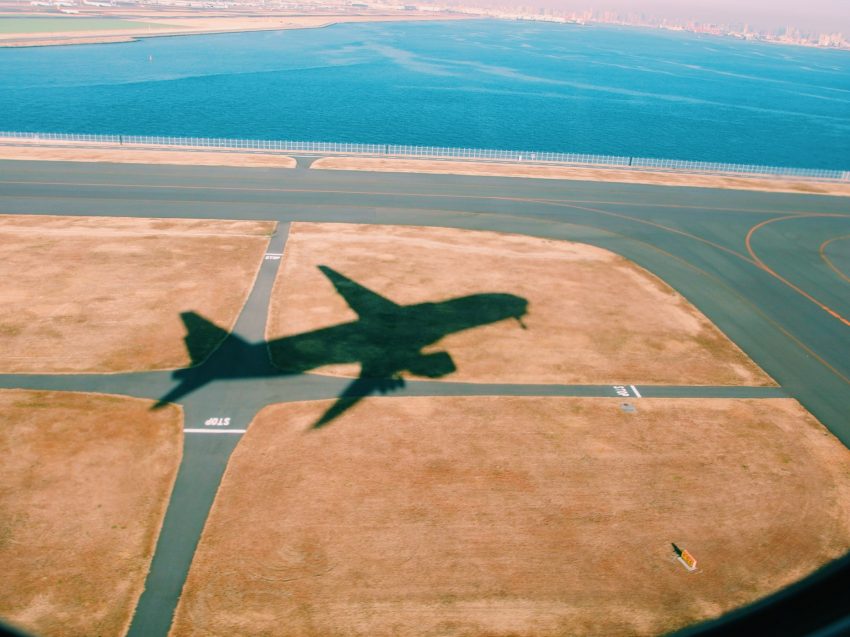It is no secret that flying produces CO2 emissions and the aviation industry is facing pressure to reduce them. Australia published its action plan for aviation carbon management, Managing the Carbon Footprint of Australian Aviation, in 2012. Since then, the local aviation industry has been making progress in improving emissions. Although the current COVID 19 has reduced overall global emissions, fuel efficiency and emissions reductions will still be key to cost effective, sustainable aviation when things return to normal. Here, we will have a look at the local initiatives in reducing emissions from various aviation stakeholders in Australia.
[blockquote text=”The reduction of the environmental impacts is collective mission for the aviation industry. This has never been an individual one” text_color=”#004361″ show_quote_icon=”yes”][vc_separator type=’transparent’ position=’center’ color=” thickness=’5′ up=” down=”]
Initiatives from Airports
ACI Airport Carbon Accreditation Scheme
This is a global voluntary and industry recognised certification scheme, that recognises an airport’s effort in managing and reducing emissions. The programme is designed to accommodate all airports at different stages of growth by providing four levels of certification. It provides a common framework for airports to assist with carbon accounting, developing a long-term carbon management strategy and continual improvement through self-auditing. Of the 152 accredited airports globally, there are 12 in Australia, with 7 certified at level 2, 4 at level 3, and 1 at level 4.
Renewables and sustainable building designs
Adelaide Airport exemplifies the use of renewables by installing Australia’s largest rooftop solar power system, providing just under 10% of the Airport’s annual energy requirements. Mount Isa Airport, Darwin Airport and Alice Springs Airport are also leveraging large scale solar energy installations to reduce emissions and energy costs by generating around 80-85% of daily energy requirements during the day. Canberra Airport has taken a different approach in the construction of their new terminal which it uses a combination of water and energy-saving features.
Initiatives from Australia’s Air Navigation Service Providers & Air Services Australia.
Efficient airspace procedures
Airservices have worked with several airports in developing and implementing efficient arrival and departure procedures. These procedures allow reduced fuel consumption which in turn lower emissions. The procedures can also reduce aircraft noise.
Performance based navigation (PBN) is an international approach to area navigation that uses GPS Satellite technology. PBN enables aircraft to fly with higher accuracy and efficiency allowing for the design of precise air routes with reduced track miles flown. The higher degree of accuracy and efficiency achieved using PBN reduces and flights track miles, fuel burn and CO2 emissions. Most Australian airports use PBN to enable continuous climb operations and continuous descent operations and this is now a key design criterion for Australian terminal flight path design.
Australia also led innovation in the implementation of Flex Tracks (AUSOTS) last century, replicating the trans-Atlantic and trans-polar fuel-efficient flight paths across the Australian continent and the Pacific. This month, they have taken the next step, introducing fuel efficient user preferred routes (UPR) in the same area.
Initiatives from Airlines
Fleet renewals and improvements
Aircraft and aircraft engine manufacturers are always striving to increase performance and reduce their impact to the environment. Australian airlines keep relatively young aircraft fleets to maximise fuel efficient operations, reduce operating costs and the emissions. Aircraft such as B787 and A350, utilising next generation engines allow for further fuel savings on point to point operations and hence reduce CO2 emissions. Currently, Qantas and Jetstar operate a total fleet of 25 B787s.
Weight reductions
Continuous improvements of aircraft frames and engines are integral to the reduction of emissions across the industry. The consumption of fuel is directly linked to the weight of an aircraft. Newer aircraft are being made of composite materials that reduce the weight of an aircraft and hence the fuel burn in comparison to older aircraft types. Another measure taken by Australian airlines to reduce the weight of inflight services through introducing measure such as lighter inflight catering equipment such as trays, cutlery and bottles. Collaboration with manufacturers allows airlines to ensure quality product and capitalise on reduction of weight in both the aircraft frame and in-flight services.
Combined effort for a collective goal
The Australian aviation industry, comprised of airlines, airports and the ANSP, are working together and alongside each other to collectively reduce the emissions produced. As airports focus on reducing their environmental impact through investing in sustainable and renewable design, airlines upgrade their aircraft fleets to increase efficiency and reduce fuel burn, and ANSPs aim to improve procedures and technologies to facilitate further optimisations and emission reductions.
About To70. To70 is one of the world’s leading aviation consultancies, founded in the Netherlands with offices in Europe, Australia, Asia, and Latin America. To70 believes that society’s growing demand for transport and mobility can be met in a safe, efficient, environmentally friendly and economically viable manner. To achieve this, policy and business decisions have to be based on objective information. With our diverse team of specialists and generalists to70 provides pragmatic solutions and expert advice, based on high-quality data-driven analyses. For more information, please refer to www.to70.com.

